While on leave, I have been taking the time and space to reflect on leadership, as I prepare to rewrite a book I’ve already rewritten several times over the past ten years. So far, I have listened to Michelle Obama read her book, Becoming, aloud; watched Freeman, the documentary commemoration of Cathy Freeman’s Olympic 400m gold 20 years ago; and started reading another Brené Brown book, Dare to Lead. Julia Gillard’s Women and Leadership is waiting on the bookshelf. This is not the beginning of an extensive research exercise. I’m simply looking to some recent wisdom to bring into conversation with my reflections on what I think I have learnt about leadership, and the leader I am shaping up to be.
I have already been both challenged and encouraged, especially as I reflect on specific situations I deal with as a leader. I have found myself to be confronted with ways in which I have not led as effectively as I would like; by my disappointment in myself. So far I’ve not been put off, and keep reading, Dare to Lead especially offering concrete practices for more effective leadership approaches that may help me continue to grow.
To lead well: be vulnerable
What I am noticing first is the thing Brown puts up front and centre: vulnerability. To lead well, one must have the courage and the strength to operate out of vulnerability.
Obama does it, not only in the way she takes risks in pursuit of meaningful work, speaks truth through the webs of political lies, and turns up beside grieving families of children lost to gun violence. Michelle Obama leads with vulnerability in the very telling of her story, and the way she tells it. She is honest about mistakes she has made, including them, owning them, expressing gratitude for the learning that came from them. Obama shows us where the words she chose left her open to criticism, and she also shows us the harsh injustice and cruelty of the criticism she has received over the years. She shows us how she and her team had to have the uncomfortable conversations about how Michelle’s approach to speaking before the growing audiences needed to change, and how she identified and asked for what she needed in order to do better. Obama tells her story because she knows she must. Others from poorer backgrounds, other African-Americans and people of colour, other women, need her to tell her story so that they can open their imaginations to what stories are possible for them. When you land on a stage before others, you choose: accept the vulnerability that will enable me to connect, to encourage others, or resist, and waste the opportunity, make no difference at all. Michelle Obama found herself on the biggest stage in the world, arguably, as First Lady of the United States. She tells the story of how she and Barack and their girls got there, and what she chose to do when they arrived. There was criticism. There was cruelty. There was even threat to their very lives. But when Obama describes the moment of her husband’s inauguration, with a stage full of people of colour invited as special guests for the first time ever in that country, you know and she knew there was an opportunity there her people would rue if she let it pass. Courage, vulnerability, to step into a role and perform it for others, at great cost to yourself.
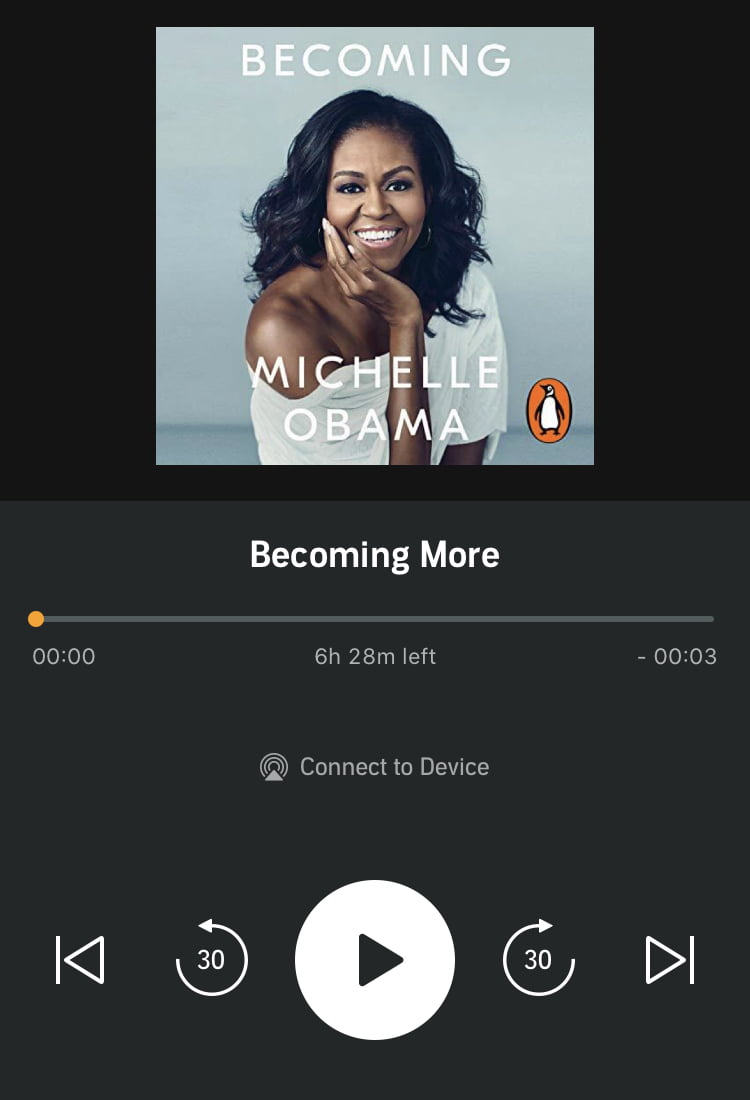
To teach well: be vulnerable
Brown also shows us her mistakes, in writing of her research also telling her own story in which she applies what she has learnt through that research. Brown does not simply encourage her readers to be vulnerable, she is vulnerable herself, with us, in naming her shortcomings with timing and communicating with her team. With courage, Brown listens as the team show her the impact of her inability to set realistic time lines. Brown asks for time to sit with this: can we circle back tomorrow, pick this conversation up again? Brown tells us she used that time to find ‘fixes’ to the problem, at first. Then, she listened to herself, and what was causing her to set unrealistic time lines. She finds fear lurking in the shadows. Name the fear, with courage in vulnerability, name the fear with your team, she shows us, and then you can actually find a way to more helpful processes. More people are drawn into conversations for new initiatives, so that time lines can be negotiated together, not imposed by one. The humility to set yourself down from control, to listen and truly hear, to accept the need to change. Vulnerability, folks, it’s not for the faint-hearted.
Brown shows us how she and her team apply the practices she has outlined in the book; another practice is ‘paint done for me’. When being asked to fulfil a particular task, clarify between you what is being requested, by asking back, what does done look like? Paint done for me. And in the conversation you may realise that while one is asking for a set of statistics, what they want to do actually is describe sales patterns, for which you point out there is incomplete data because data collection has changed over time, and you work out together an alternative way to find the evidence to describe the patterns. Part of the ‘paint done for me’ process also includes naming what is needed in order to fulfil that task of compiling evidence, and working together to ensure that you get it. Telling us her story, Brown leads her team with authenticity and integrity, and exercises that leadership in the writing of the book.
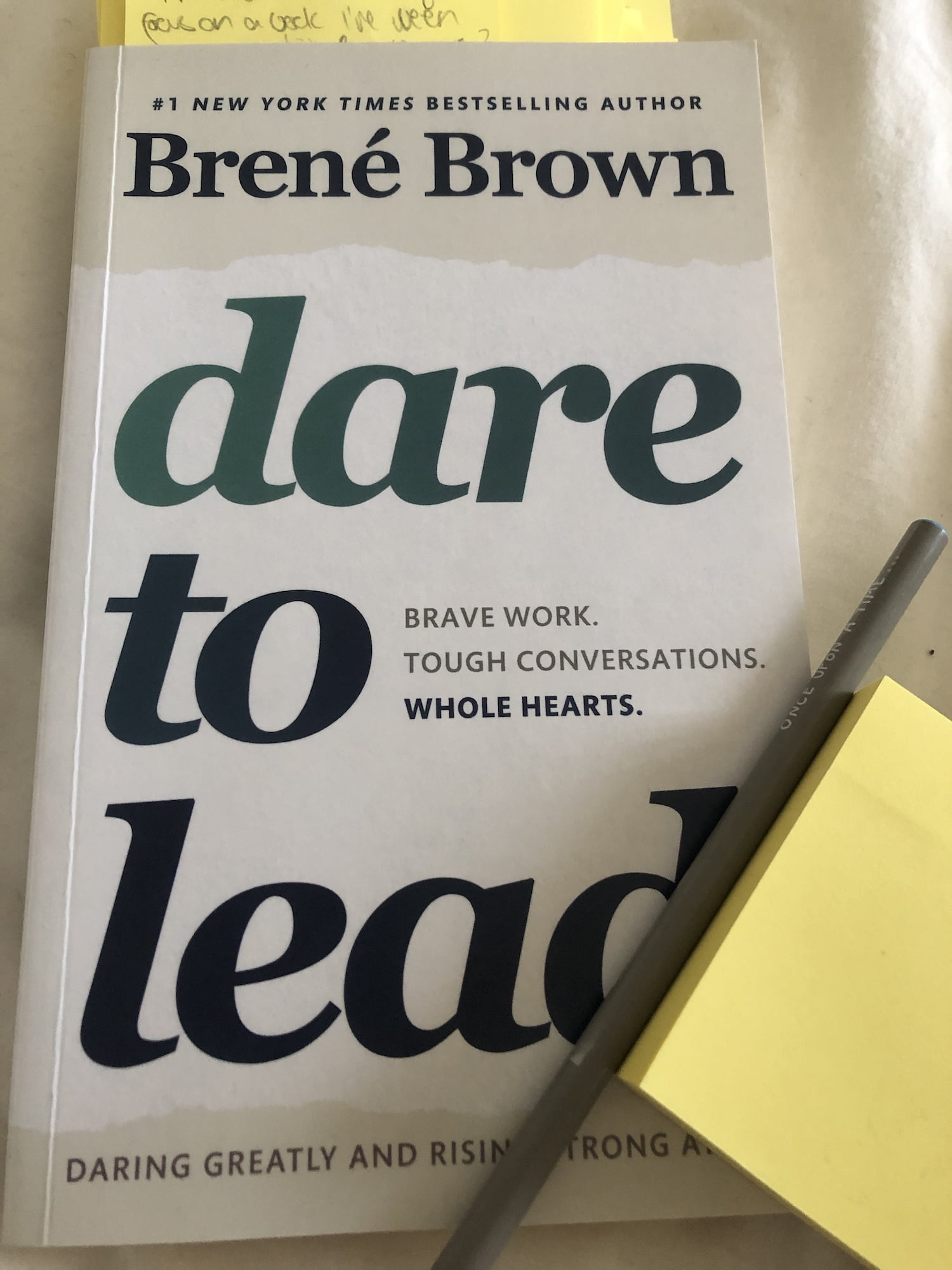
To motivate well: be vulnerable
The documentary honouring the twentieth anniversary of that 400m Olympic gold medal for Cathy Freeman was unlike any documentary I’ve seen before. None of the speakers were on camera as they spoke, other than when they showed old footage of Freeman and others being interviewed. This may be because it was made in a pandemic when people couldn’t travel or even gather for the filming. But it works as a storytelling choice regardless. The visuals were more artistic, then, with shots of Freeman surrounded by oversized projections of photographs onto material hanging over a theatre stage. A dancer represented the young Freeman in stylistic, impressionistic, movement and dance that suggested and evoked imagination and memory for the viewer. Freeman’s voice over the footage of each moment of that race took us into the moment, into her memory, into that bubble of calm and peace, to experience the race from her perspective. What a gift. What vulnerability in the telling of the story, and in the moment itself. I understood how remarkable she was in her presence with that moment: to be utterly present with herself, with her plan, with the ground, with her competitors, when ‘the beast’ of the crowd, the media, as she described it was pressing against her bubble threatening to burst it. My, what presence of mind, and body, and spirit.
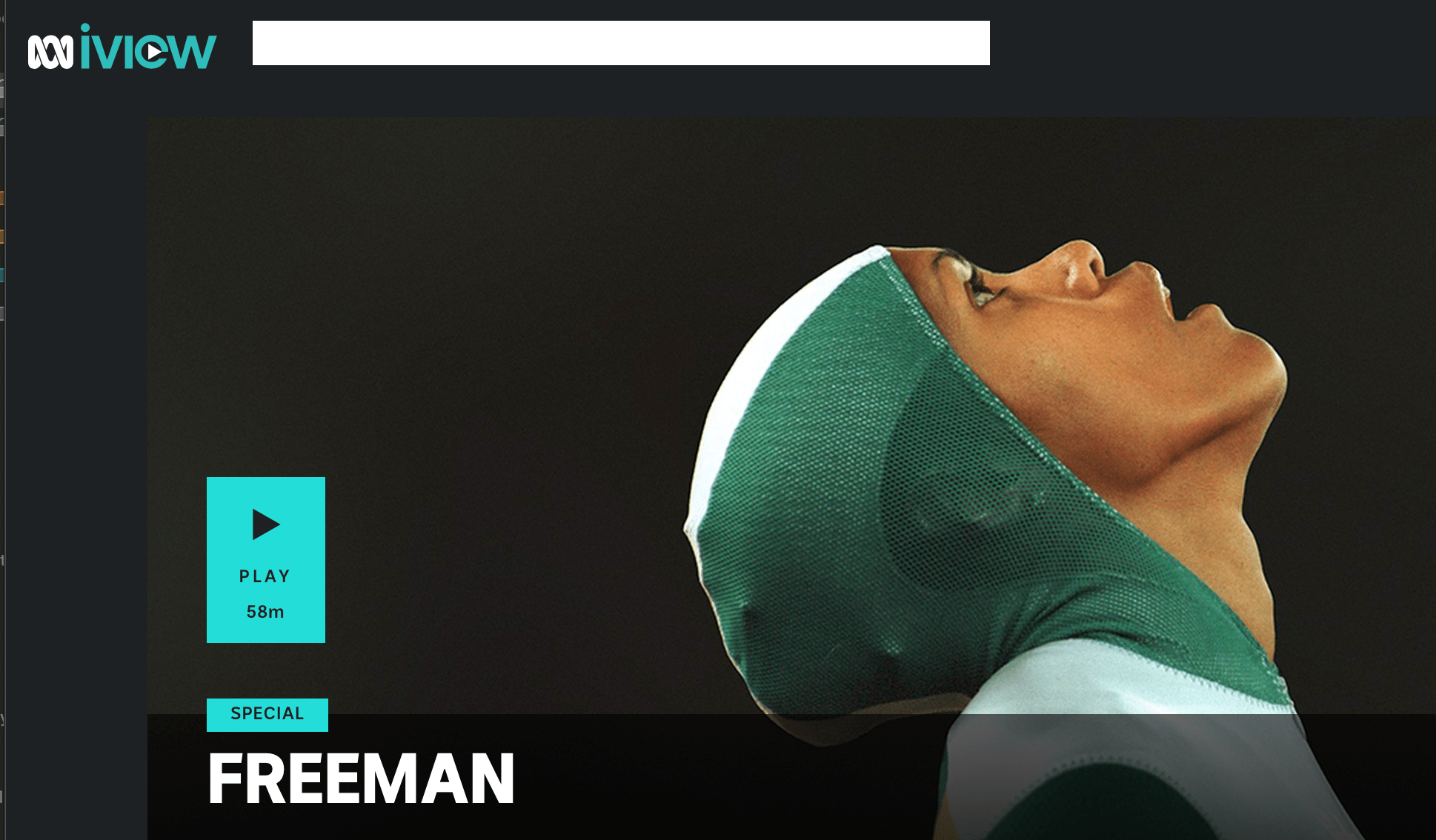
Freeman described the presence of her ancestors – knowing herself to be the one in that race who was running on her land more than any other, and drawing great strength from that. What a gift to allow us to see that, hear that, from her. If we are to move forward as a reconciled nation, we must receive these gifts from our First Australians, the gift of their story, their land, as part of our story. Freeman was shown through this documentary to be one who had found her Indigenous identity difficult to carry within the dominant settler society; and also to be one, once she was being interviewed regularly, to speak with growing confidence, joy, and gratitude for her heritage, her people as she often said. In doing that, to our shame, Australia, she was acting out of vulnerability. That anyone would find claiming and celebrating their heritage an act of vulnerability saddens me deeply.
But we burst out of the bubble with Freeman after she crosses the finish line and lets the beast in. Freeman ran that race for herself; and then she opened to the nation and allowed the victory to be ours, together. In an act of generosity, humility, and vulnerability, Freeman allowed Australia to celebrate her victory as our victory; she accepted the public role of heroine, she chose to act with grace and courage and integrity as an ambassador of her people to the whole of Australia, and of her people and her country to the world. There’s more to that public persona, role model, element of leadership, which for many, sports people, entertainers, researchers, politicians’ spouses, clergy folk, even, is not entirely what they signed up for, and not always able to be fulfilled. I suspect I have more to say about that in future.
Be vulnerable, be well: and tell your story
Vulnerability, though, and one’s ability to lean into it and act from within it, is the deep, profound, requirement of a leader I have been reminded of in my current encounters with leaders so far.
In particular, I have noticed and appreciated the vulnerability of all, not only ‘leaders’, to tell one’s story with integrity and authenticity, knowing that we have a responsibility to tell our story, each of us, in order to share what wisdom we have gained through experience, to encourage each other, and to build strong and courageous individuals and communities.
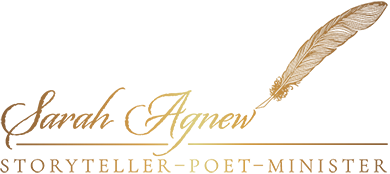
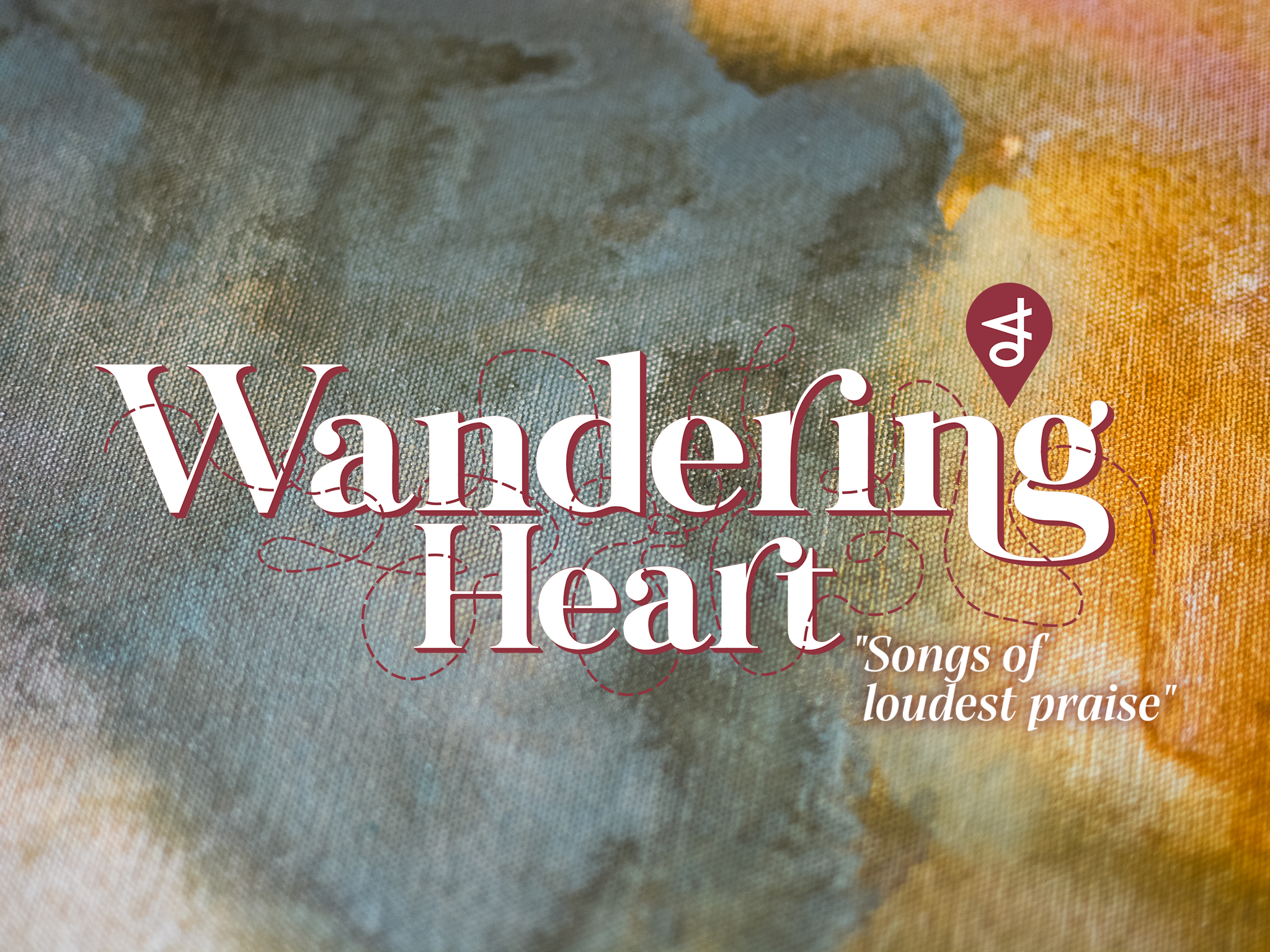
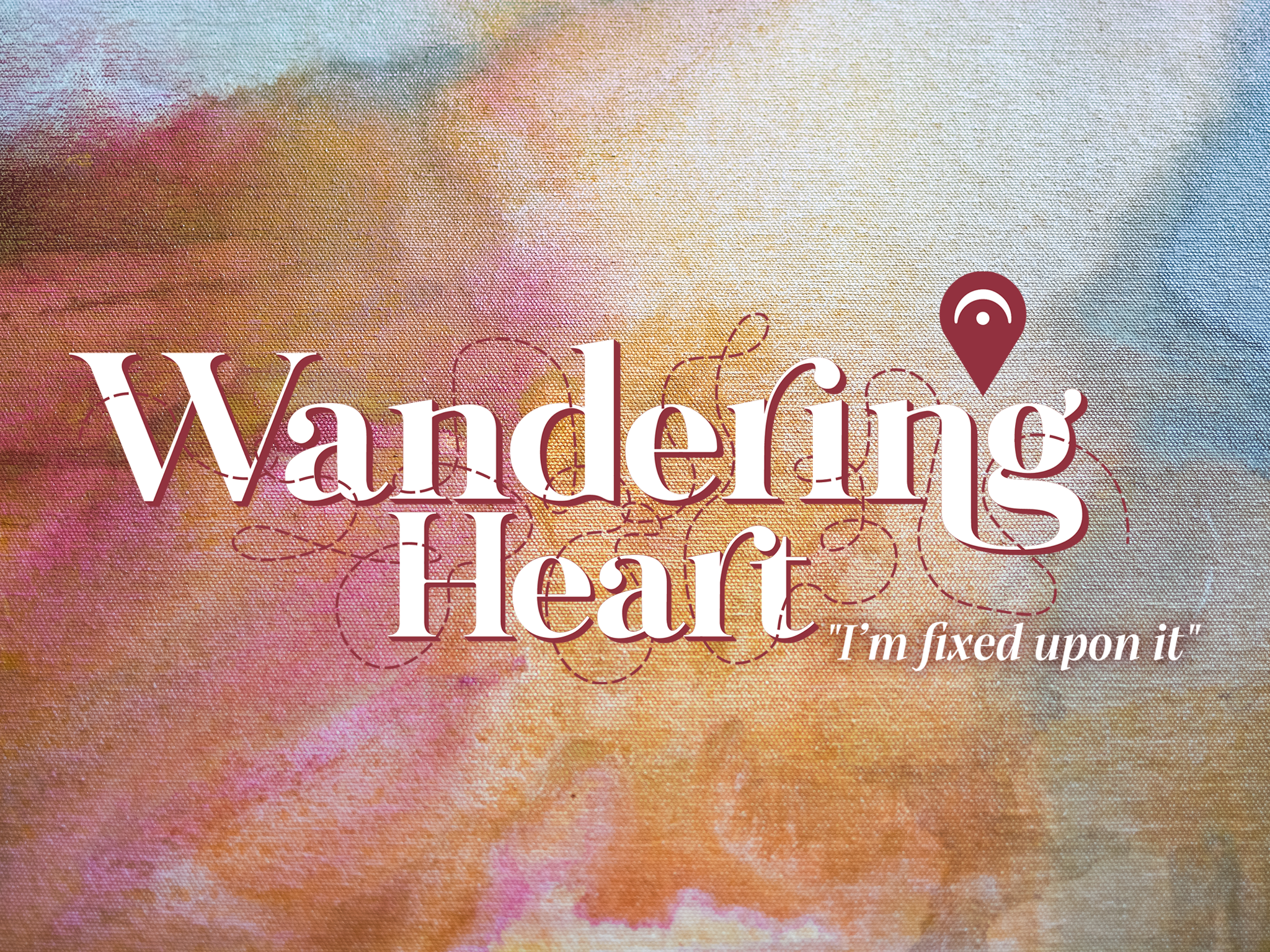
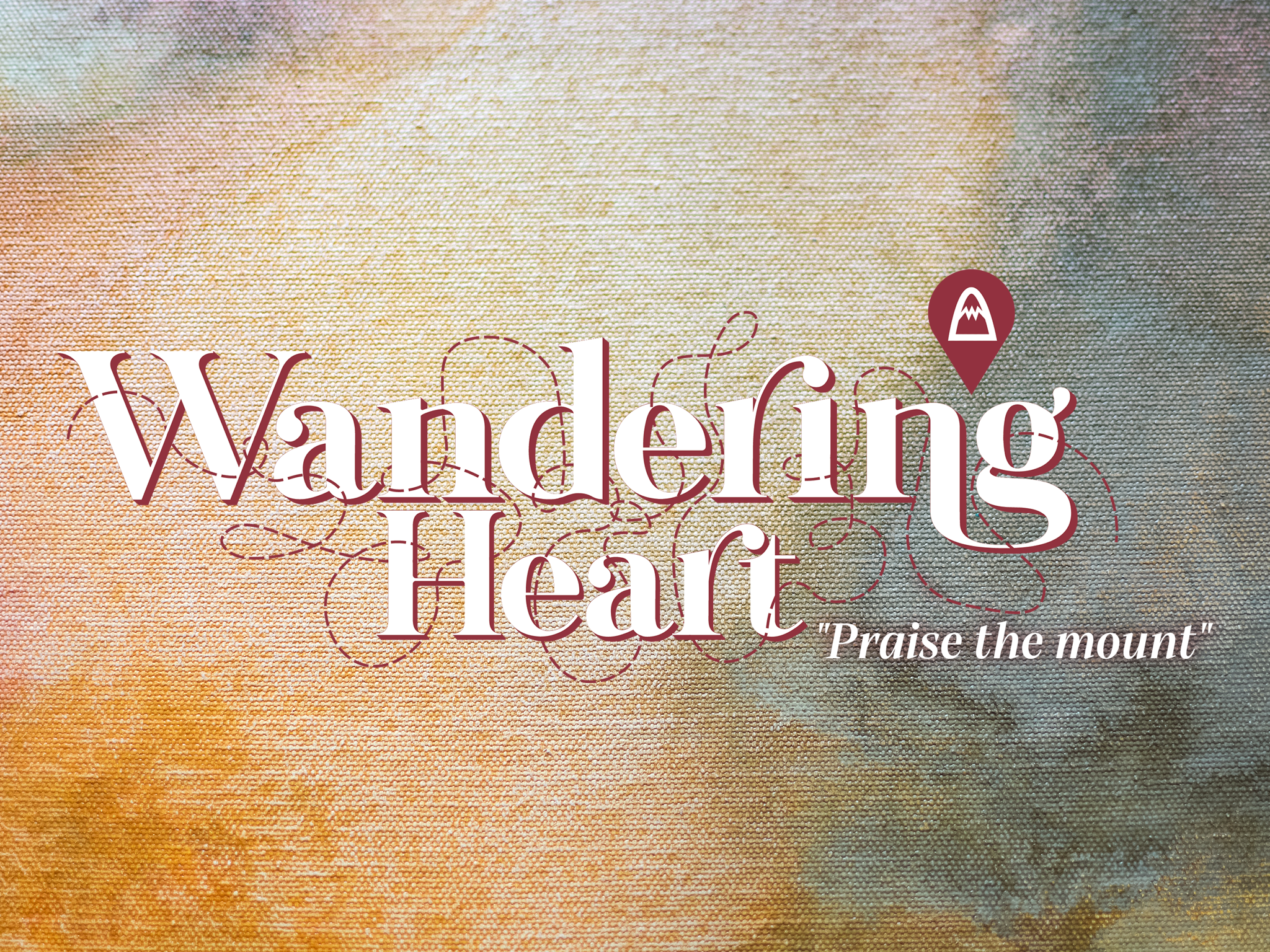
Leave A Comment